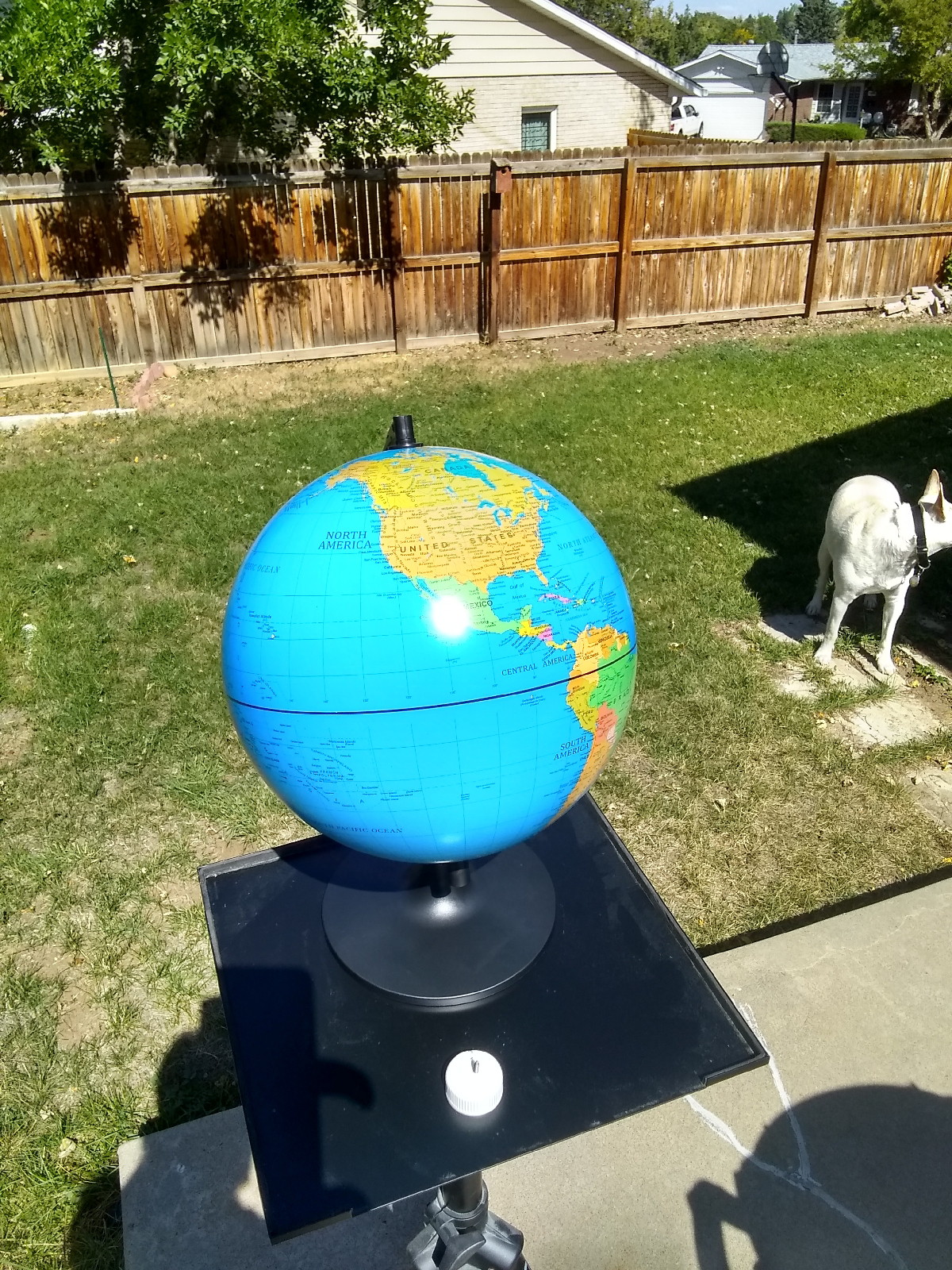I live in an extended family and as jobs and other life situations change, responsibilities shift over time. I have recently become the chief cook and bottle washer (literally) and that isn't a complaint because I really do enjoy cooking.
I specifically enjoy cooking because I enjoy eating good food and, if I'm cooking, it lets me ensure that there will be good food.
The problem is that, since I retired seven years ago, others have been doing the cooking. I was a little worried that I had lost my touch but, evidently, cooking is like riding a bicycle...without the pedals, of course.
A lot of the food from my first family has come to my rescue. I didn't really carry the food of my childhood with me when I started college and moved from home but, after my parents died, I found myself going back more and more.
Southern food developed in a society where people had little time away from work to deliver extravagant meals to their families and poverty often forced them to use what they produced from their own gardens or otherwise had on hand. From humble origins, a real cuisine developed.
A popular meal here centers on smother-fried meat. I didn't specify the kind of meat because pretty much whatever you excavate from your freezer will serve.
The key idea is that gravy will cover a multitude of sins. Bad cuts of meat, over cooked main dishes, left overs? Gravy is always the answer!
Smother-frying is a multi-step process.
I start with about a pound of meat for three people. If it's a big chunk like pork loin, it needs to be cut into slabs. Chicken breasts are fine whole. With a hot skillet (about 250°) with a liberal amount of oil or grease coating the bottom, I lay out the meat and sprinkle it with seasoning (Tony Chachere's seasoning is the current favorite) and a coating of all-purpose flour (I use about a half cup flour for 2 pounds of meat, then another half cup when I flip the meat ). Then, that fries for five minutes.
The flour isn't really a batter - it will make the gravy. I just want it to absorb the flavors in the pan as the meat cooks.
After five minutes covered, I flip the meat. Add a cup of water to keep the stuff in the bottom of the pan from burning to black. Charred is good, black is bad. More seasonings and most of the rest of a cup of flour goes on the meat. Cover again for five minutes.
Flip the meat and scrape up the stuff that has stuck to the bottom of the pan. Add a little more water and let it all cook covered for a couple more minutes. You'll want water and salt (I use soy sauce for the salt) on hand for the next part).
Reduce the heat to a simmer. This is the fun part where you craft the gravy.
Scrape all the stuff off the bottom of the skillet with a spatula and start adding water and, maybe, more flour until you have a lumpy gravy. This is not a place for satiny smoothness. Work out all the big lumps. Taste the gravy occasionally and add salt and other seasonings until it tastes the way you want it.
Let it simmer until you've ready to serve it and you've got a great meal.
I like this dish because you can play with it using just about any kind of meat (fish takes a delicate touch and a lighter gravy with much less thickening, in fact eggs, instead of flour makes can interesting gravy), different seasonings and thickeners, and a vast variety of sides. In the picture above, I lined up smother-fried chicken breasts with white rice and seasoned, steamed vegetables.
Smother-frying involves a good bit of style. If you try it out, you'll find yourself automatically adjusting to the amount of heat you use, how you deglaze the pan, how much and how often you add water and seasoning... it's a method you can own.























